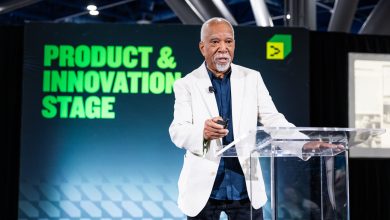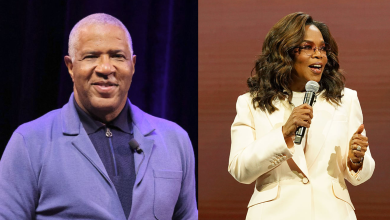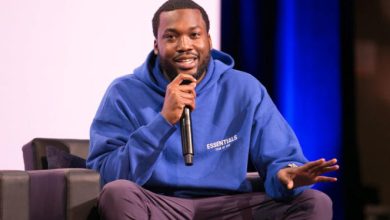Op-Ed: Could AI Technology Prevent The Surge Of Achilles Injuries In NBA Basketball?
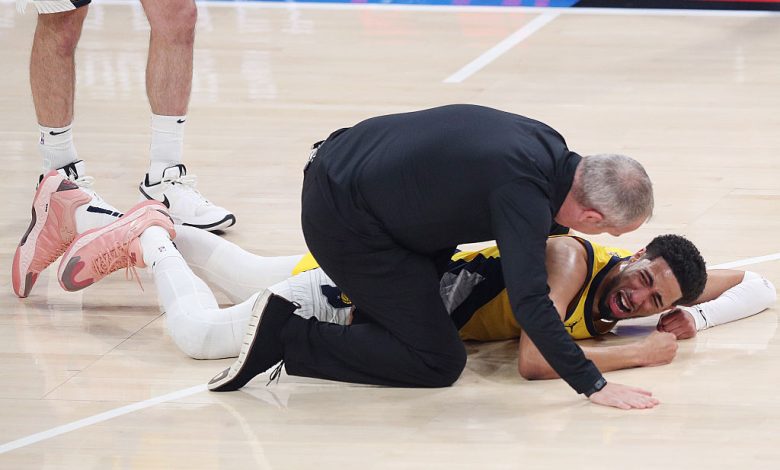
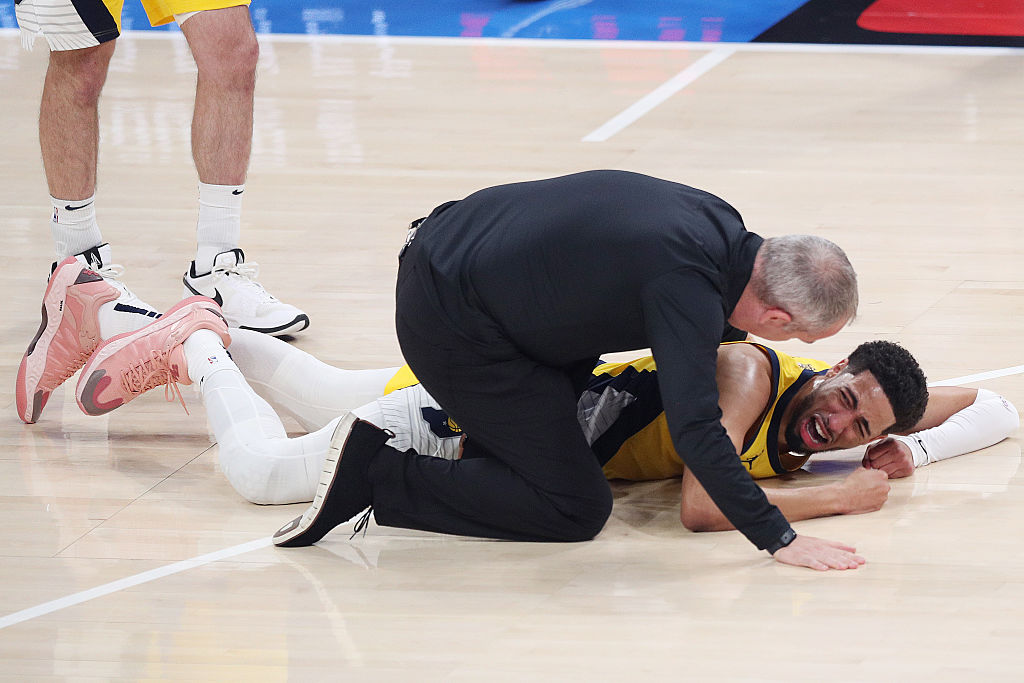
Editorial Note: Opinions and thoughts are the author’s own and not those of AFROTECH™.
When thinking about AI, your mind may not immediately go to the NBA, but the truth is that the basketball league has embraced the technology for years.
The NBA first embraced the technology to help staff and players better analyze the game to improve individual player and team performance. The system used is called player tracking, implemented during the 2013-2014 NBA season, as reported by the Sports Video Group.
The NBA sets up cameras at every stadium and then processes the captured information through its software, which analyzes and extracts data on all players who touch the court; this helps players, coaches, and organizations make better decisions about gameplay and the overall strategy for the team.
Analyzing the game to make better decisions is one thing, but one of the most important places to have technology play a role is in the health of players, as they play through the season and recuperate in the off-season.
One of the most popular wearables in the NBA comes from KINEXON, the company creates small sensors that are placed within a player’s shorts or put on their chest to monitor movement and more interestingly, can integrate with physiological monitors like heart rate monitors to see the relationship between the training and the health of the player.
The league uses technology to analyze both the game and its players during practice. Also, it explores ways to utilize AI to prevent injuries in light of the increase in Achilles tendon tears during the 2024-2025 NBA season. The Economic Times reported that the NBA has explored avenues to help reduce this due to having an all-time high of seven Achilles tendon tears this past season, which is the most in any NBA season to date.
NBA commissioner Adam Silver said he was hopeful that the league’s use of AI could be used to spot patterns to prevent injuries before they happen. It’s not currently clear how they plan to leverage artificial intelligence. Still, it’s good to see that they are looking to continue embracing technology for their players’ well-being and not only the well-being of the franchises. The NBA is not the only sports league looking to leverage technology and AI growth to power its leagues; the NFL is also doing so.
The NFL has partnered with Zebra Technologies, which creates radio-frequency-identification transmitters and embeds them in players’ shoulder pads, allowing the league to pick up the player data in real time.
The data is then used in a platform the NFL calls Next Gen Stats. Next Gen Stats, in partnership with Amazon Web Services (AWS), gives the 32 NFL teams access to trends and player performances that can give them the information they need to create an edge they can use on NFL Sundays. AWS not only partners to create data that teams can use to win, but also data that can be used to keep players healthy.
The NFL and AWS have built a product they call a “digital athlete.” The digital athlete leverages AI to give teams a complete view of a player’s experiences to give more personalized recommendations on how to navigate an athlete’s recovery and, hopefully, one day, can help predict and prevent injury.
I am happy to see that technology that is changing the world of work is not only changing it for white-collar professionals but for athletes as well.
The NFL is not only looking to use data to improve the game of football, but is also upgrading its equipment. For example, the NFL has been investing in position-specific helmets to protect players from injuries that are unique to the position they play.
AI is not only used within organizations for players but also outside of organizations for fans as well. Cosm, with locations in California and Texas, leverages AI to create what they call a shared reality, which completely immerses people in the sport they’re watching within the venue.
No matter the sports league, let’s center players’ health above all else, which not only enhances the game but also protects the players. I believe that technology is what they should invest in. We will continue to see the adoption of AI-enabled software and hardware in sports leagues to improve the game for everyone involved, from those watching to those playing.
Over time, the technology used by professionals can also be used by kids, particularly in preventing and recovering from injuries. If we can build technology that makes sports safer for everyone, then more people will be able to enjoy sports.

